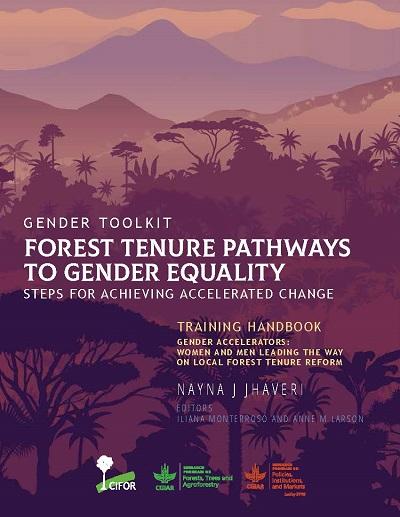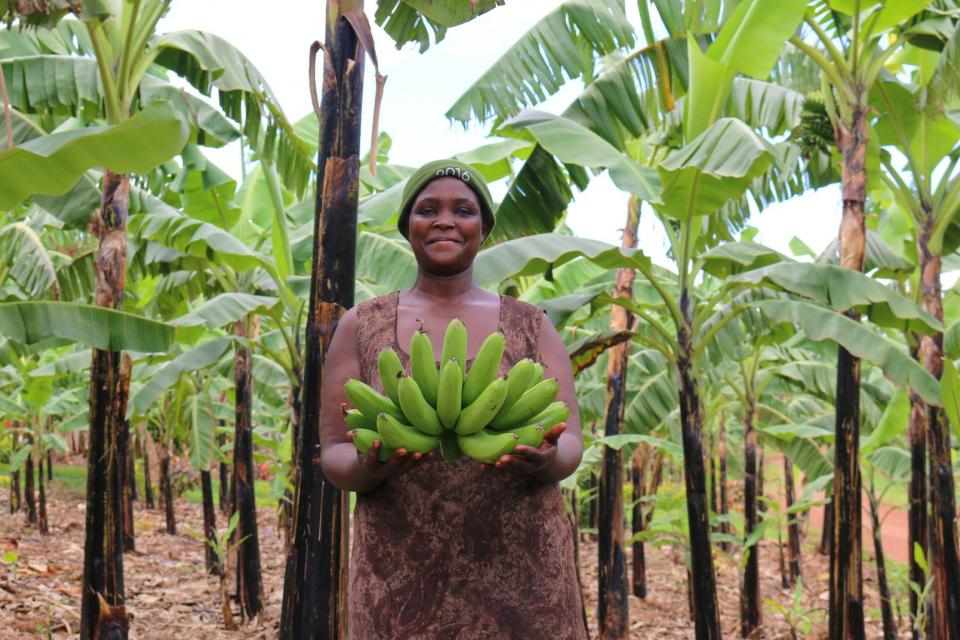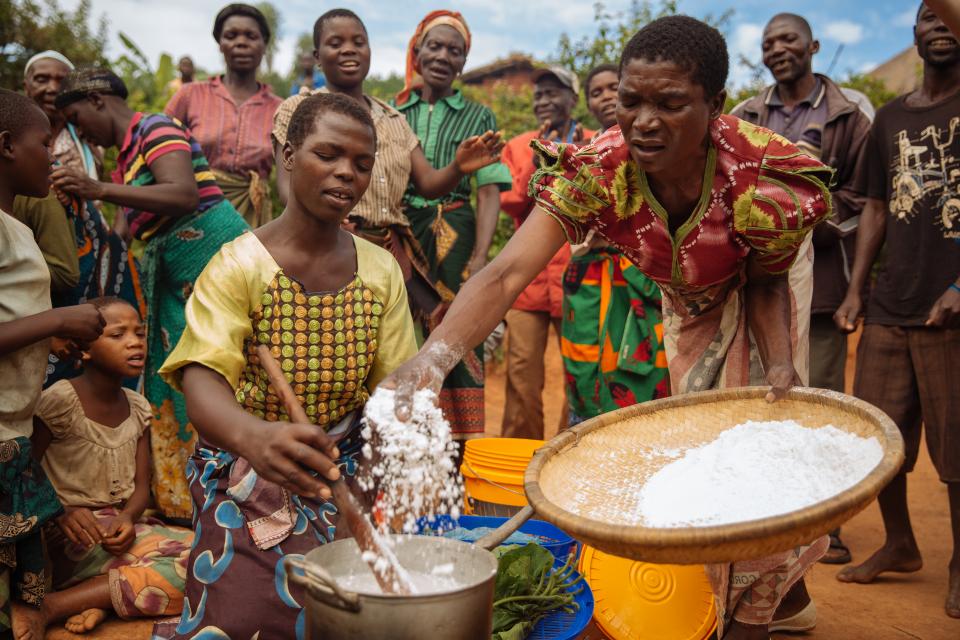Forest tenure pathways to gender equality: A practitioner’s guide
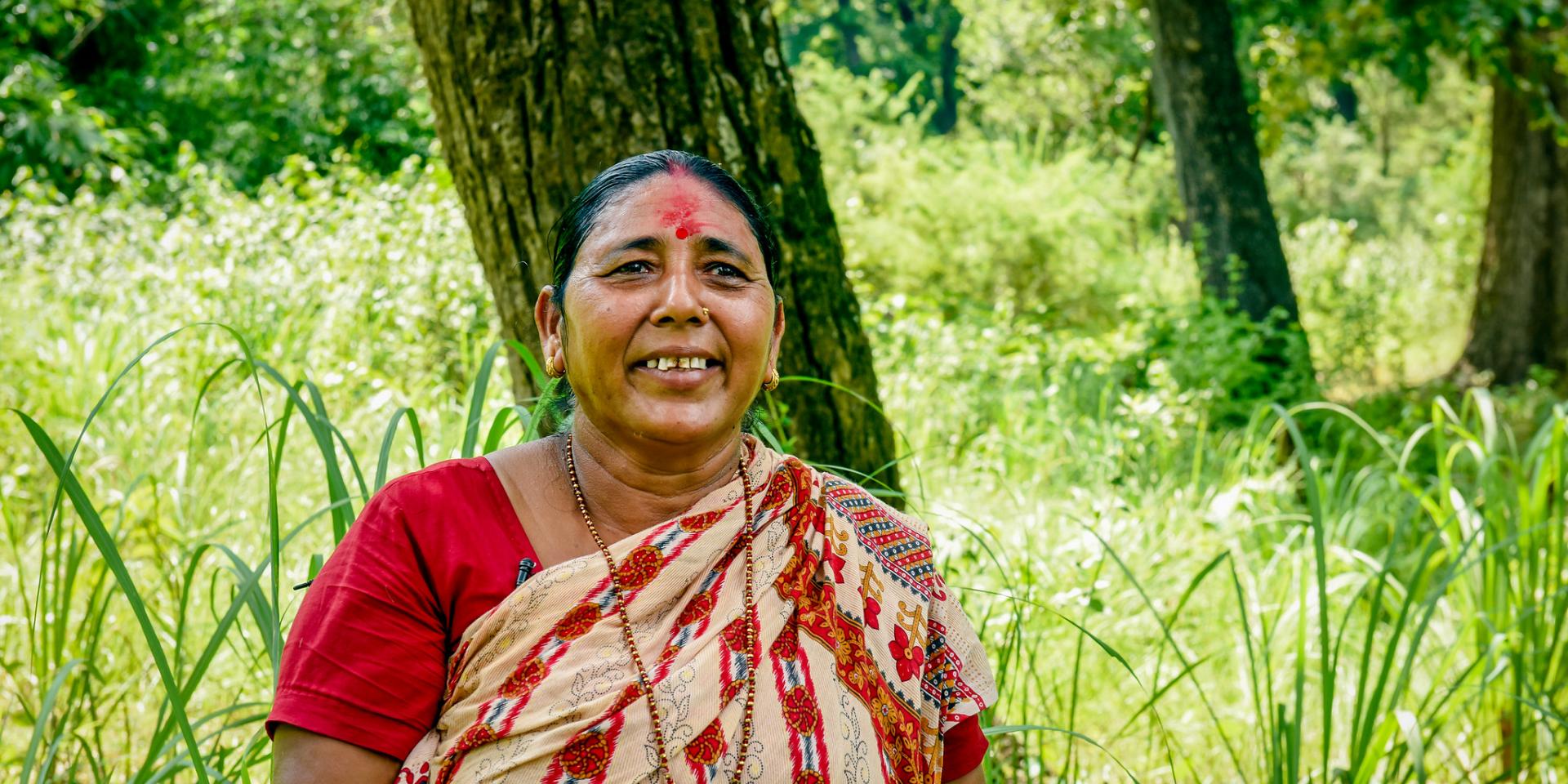 Photo: Chandra Shekhar Karki/CIFOR.
Photo: Chandra Shekhar Karki/CIFOR.
This tool sets out a focused analysis to help design high-impact interventions to promote and accelerate gender-responsive forest tenure reform.
Why is this tool important?
In developing countries, there is no single approach to reforming forest tenure practices for achieving gender equality and women’s empowerment. Instead, practitioners must take advantage of opportunities which emerge in various institutional areas.
Gender-responsive forest tenure reform is critical at national and local scales. Promoting high-impact interventions can accelerate this kind of change in community-based forest tenure regimes.
Who is the tool for?
People who are promoting gender-responsive forest tenure reform in community-based forest initiatives. It is designed to support a wide range of practitioners such as those:
from institutions such as government offices, non-governmental organizations, civil society organizations, donor agencies, women’s organizations, as well as networks and federations
gender experts who are responsible for the integration of gender equality and women’s empowerment in their respective organizations
working broadly in the world of land tenure, forest tenure and governance, forest landscape restoration, agroforestry, value-chain development and social impact enterprises.
How can I use the tool?
The tool uses conceptual ideas, operational direction, best practice, case-study insights, research findings and resources for further exploration from across Africa, Asia and Latin America.
The tool supports you on a journey along the pathways to forest tenure reform through a three-step process: Analyze, Strategize and Realize. The focused diagnostic analysis creates an empirical foundation for change to support the design of sequential interventions to promote gender-responsive forest tenure reform at various scales.
The chapters, in turn:
- set out how to think about creating gender-responsive accelerators for forest tenure reform
- narrow the focus to improving gender equality and women’s empowerment through forest tenure policies, laws and government administrative systems
- focus on how to bring about gender-responsive changes in community-based forest tenure initiatives.
When and how was it developed?
The tool was published in 2021, after the research carried out by the Center for International Forestry Research (CIFOR) as part of the CGIAR Research Program on Forests, Trees and Agroforestry (FTA).
Where can I learn more?
Access the publication from CIFOR below, or explore its three parts here:
Tools, methods, manuals
Publications

Forest tenure pathways to gender equality: A practitioner’s guide
Jhaveri, N.J. 2021. Forest tenure pathways to gender equality: A practitioner’s guide. Center for International Forestry Research (CIFOR).
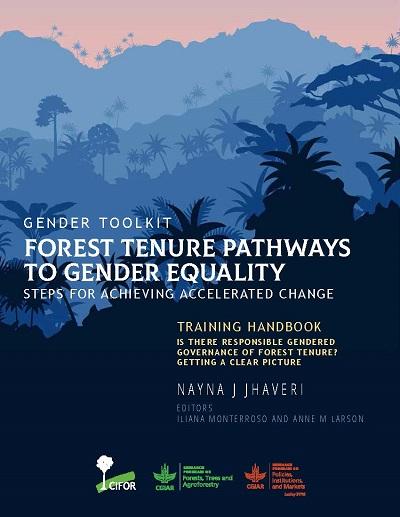
Is there responsible gendered governance of forest tenure? Getting a clear picture. Training Handbook
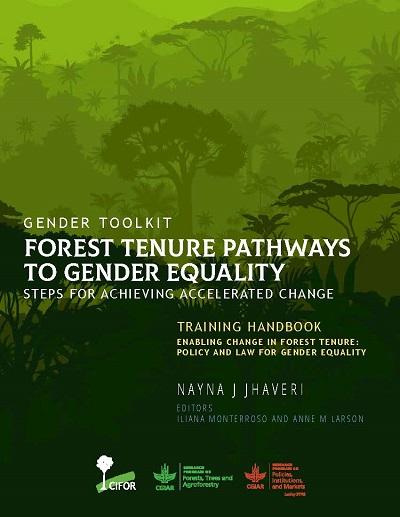
Enabling change in forest tenure: Policy and law for gender equality. Training Handbook
